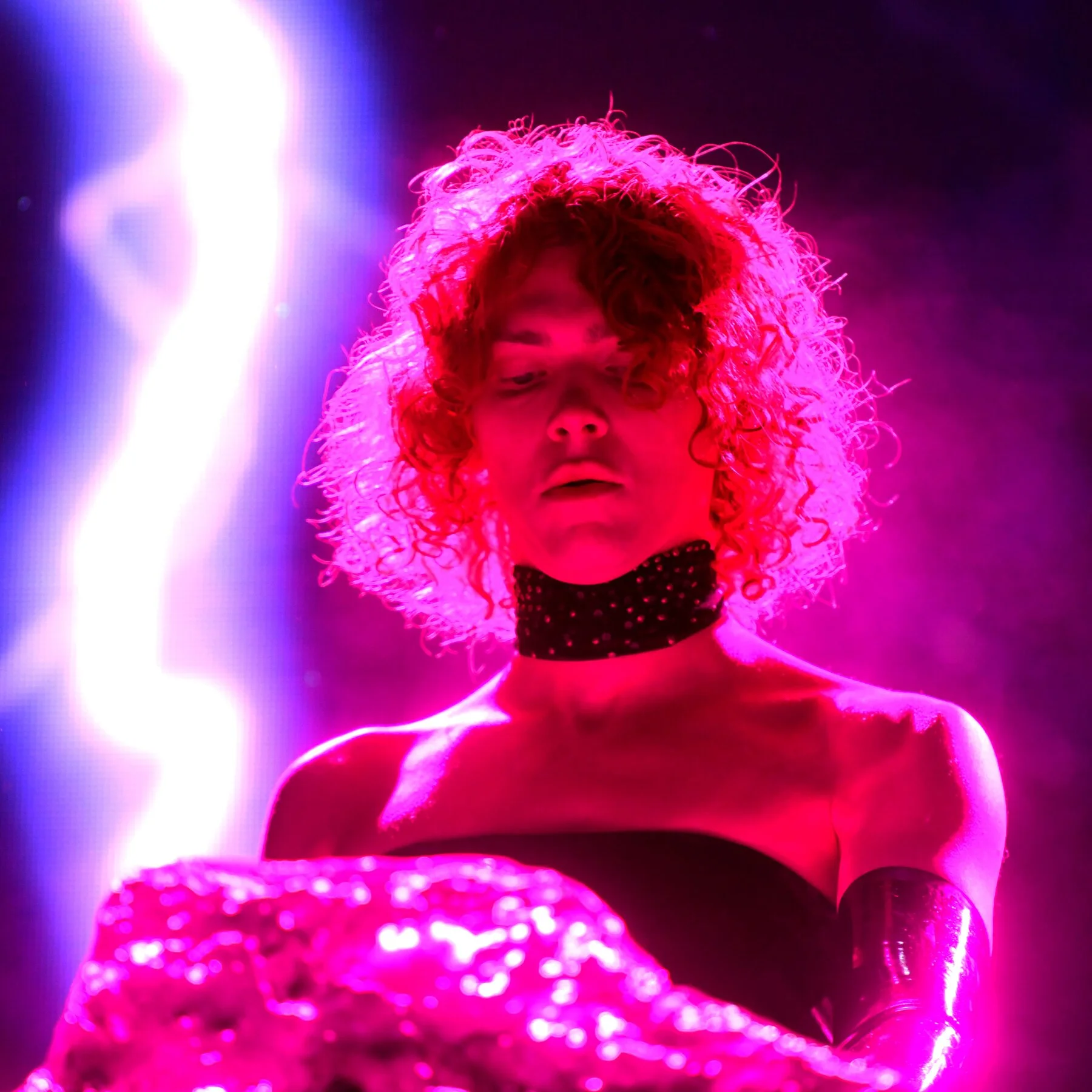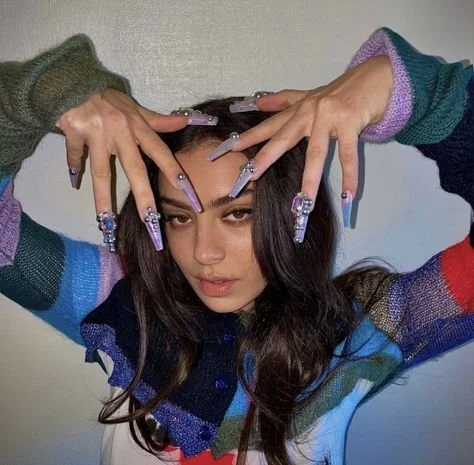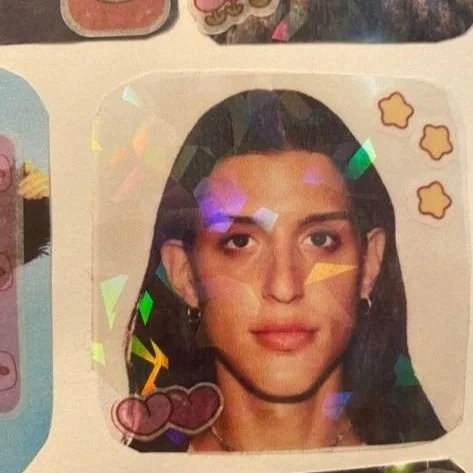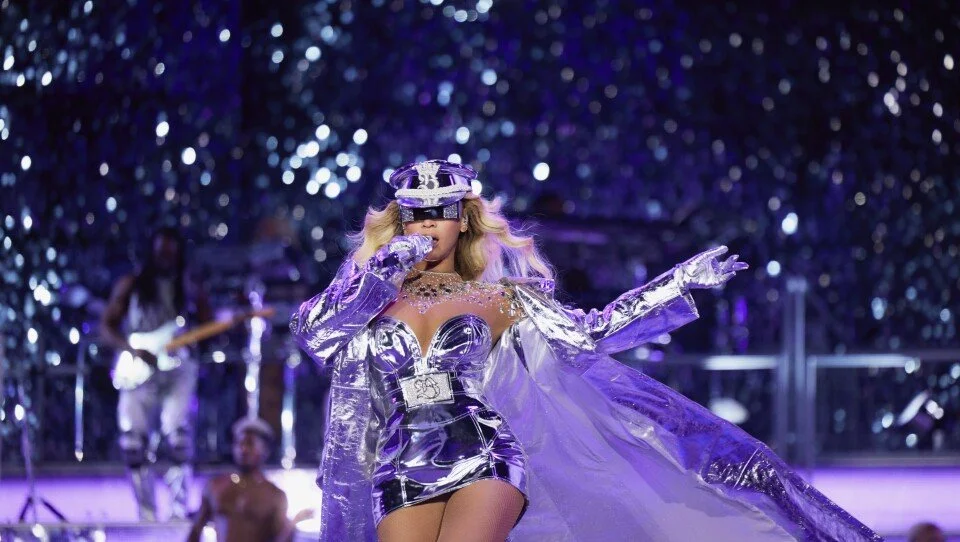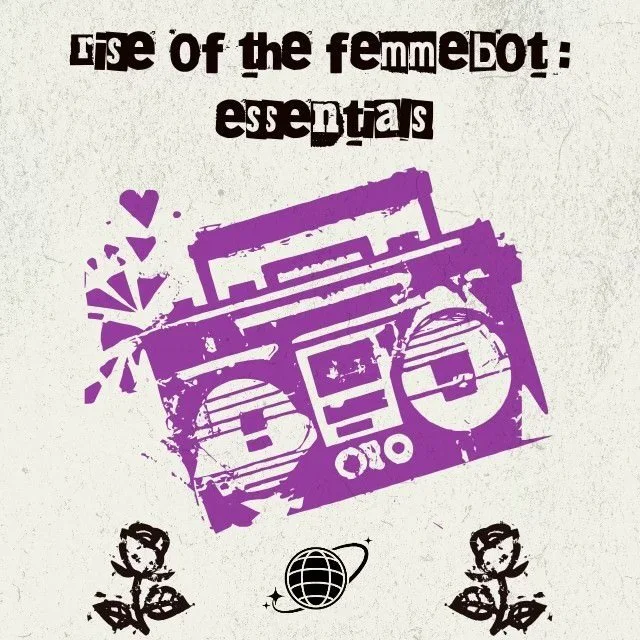Rise of the femmebot: The hyperpop takeover
It isn’t uncommon to hear people say that they feel they were, “born in the wrong generation,” especially regarding music. When looking at music from past decades, from Paul Anka to Pink Floyd to Pat Benatar, it is frequently stated that, “they just don’t make music like that any more.” Maybe that’s true, but hyperpop serves as the rebuttal to the misplaced lament of the state of music in the modern age.
Hyperpop asserts itself as the best of technological advancement in music. Sure, there have been improvements in recording tactics and sound engineering that have altered the way in which all music is made (i.e. the Beatles’ use of artificial double tracking, the way they mic’d their acoustic instruments). Hyperpop, however, shows how audio engineering and editing can be used to create a whole world within a song. It allows artists and producers to push the boundaries of the so-called “smaller” aspects of a track, such as ear candy or backing vocals, and morph a song into something spectacular.
Hyperpop cannot be spoken about, at least not properly, without mentioning Grimes, SOPHIE, and Charli XCX. Grimes is an incredibly intriguing figure in music. She isn’t often coined as a hyperpop artist, but she has had an influence on hyperpop as a larger genre and on the gradual experimental nature of modern music production. Grimes herself is very hesitant to be limited to just one genre and proudly accepts her status as a musical in-betweener. Songs of hers like Oblivion, Flesh without Blood, Kill V. Maim, and Venus Fly are a good look into the way that she weaves the threads of genres ranging from indie, synth pop, and rock, into a unique, extraterrestrial sound.
Grimes, SOPHIE, and Charli XCX from left to right
SOPHIE is synonymous with hyperpop and experimental pop music. SOPHIE tragically passed away on January 30, 2021, but her influence on the creation, progression, and innovation of hyperpop is ever present. SOPHIE’s discography, including the tracks she did production work on, is so unlike anything else that exists in the realm of music. It is different, and it is special; both sound like such simple descriptors, but there is no way to express just how rare SOPHIE’s artistic vision was. SOPHIE worked with artists such as Charli XCX and Kim Petras, who are known to have their hands in the hyperpop scene. SOPHIE also worked with a plethora of other artists, including Vince Staples and Madonna, extending her impact into the world of rap, pop dance/pop rock, and much more.
Charli XCX is no stranger to pop hits, such as Boom Clap or I Love It, the Icona Pop track she featured on. At her core, however, Charli XCX is a party girl, and has always leaned into hyperpop as a key part of her sound. What Charli XCX is a stranger to is a mid-career slump, as her three album run of Pop 2, Charli, and how i’m feeling now, spanning from 2017-2020, are the albums to look at when examining her reign of hyperpop royalty. Femmebot, on Pop 2, is responsible for this article’s namesake. From the song’s concept to its robotic synths to the electronic sound bites sprinkled in the instrumental, it is emblematic of hyperpop at its peak. The opening track of Charli, Next Level Charli, shows that the artist’s hyperpop sound runs deep. It is futuristic, true to its name. The vocals bounce and echo complementing the rhythm of the song perfectly. When Charli urges the listener to, “turn the volume up,” they can’t help but obey her call to action.
Her sixth album will certainly be a testament to this. Though no release date or official album name has been revealed, Charli has said that xcx 6 will be a house album. “i was born to make dance music... i came from the clubs... xcx 6 is the album i've always wanted to make,” she tweeted following her explosive Boiler Room set. Anthems, Femmebot, Click, party 4 u, and Track 10 are some of the best tracks for delving into the hyperpop princess’s sound.
Much like you can’t mention hyperpop without Charli, SOPHIE, and Grimes, you can’t mention hyperpop without Track 10. There could be entire theses written on this song alone. The track aptly appears on Charli’s album Pop 2, as it indicates what the next level of pop can truly be. It opens with a mashup of what can only be described as vocal clips of various pitches and tones, a potential record scratch, static, and maybe a drum or two? Immediately, the listener knows they are going to be met with something they have never experienced prior. Track 10 is a labyrinth of synths, forming a shiny, multidimensional soundscape, with catchy vocals to boot. Track 10 by Charli XCX shows the essential point to understand when unpacking hyperpop: it is so much more than just speeding up the audio or pitching vocals up. It is deconstructing an entire track, adding a minute sound here, static in the background there. It is a direct challenge to the rigidity of pop music, and the very established formula that is followed when making a “radio hit.”
Hyperpop is a genre that faces a lot of backlash, both critically and casually. It is constantly bashed for its sound, its perceived lack of technical complexity, and is generally misunderstood. However, the tide seems to be turning. Hyperpop finally is transcending its status as a microgenre, and is spreading its roots throughout various avenues of the music industry.
Take Arca as an example. If you look up what genre of music Arca makes, you’re met with a slew of answers, ranging from avant-pop to experimental to alternative reggaeton. Reggaeton, like pop, tends to have a pretty standard formula when it comes to creating tracks. Yet, Arca breaks this mold while still maintaining a position in the sphere of reggaeton music. Similarly to Charli XCX, Arca occupies a very popular genre that garners its popularity from its mass appeal. With both artists, however, the rules of construction and production are thrown aside. This, in turn, negates its ability to appeal to a wide radio audience, yet it paves an entirely new lane.
Rakata by Arca is a song that showcases this perfectly. The cover art alone is unconventional and subversive, serving as an apt preview for the track itself. The song begins with the vocals shrouded in the back, the instrumental the focal point. You can still hear the quintessential reggaeton drum beat, and yet, it sounds anything but traditional. Whenever Arca’s voice enters, it becomes the main event. Beyond the pitching of the vocals, the pacing of the lyrics draws you in. Arca manages to convey the tone of the track perfectly, regardless of whether or not you can understand Spanish. Rakata and Arca’s musical catalog are indicative of the greater impact that hyperpop is having on the way music is made as a whole. Many artists joke that, “genres are for journalists,” and hyperpop is, in a way, playing into this idea. It is expanding what listeners think of when it comes to genres that have been long enjoyed (pop, rock, reggaeton, etc). Moreover, it is showing us that artists spanning vastly different genres are starting to exhibit more sonic similarities and are borrowing elements from each other’s track production and construction.
It is hard to ignore the relatively recent trend of house, dance, and electronic music making a comeback, even in the mainstream. The Weeknd released Dawn FM in January of 2022, and the mark of house music is all over it. Take Gasoline, with the drawn out, warped vocals, and the repetitive, almost alien synths, which are littered throughout the entire project. Beyoncé released RENAISSANCE six months later, in July of 2022, and a renaissance it was. The album had people clamoring about the triumphant return of dance and house, and for good reason. The project truly elicits the feeling of the coveted club era that the world so desperately yearns for. Early 2000s club culture is something that is spoken of almost as legend at this point, and RENAISSANCE gave a taste of that to a whole new generation of listeners. This desire for club music and the presence it is regaining in pop music is intrinsically linked to the hyperpop movement; they go hand in hand. People want fun music again, and house and hyperpop are just that. In fact, A.G. Cook had his hands involved throughout Beyoncé’s RENAISSANCE, someone who is often hailed as one of the essential hyperpop producers (rightfully so, as he also produced Track 10).
Hyperpop is, in itself, a paradox. It is pop music that rejects being pop music, and that is what makes it so compelling. Pushing the limits of what a song can be and contain is nothing new; it is something artists have been doing since the inception of music. Hyperpop, as a genre, hinges on this very idea. Its ongoing change and evolution is inevitable, and it will continue to set the standard for innovation in the realm of music.


